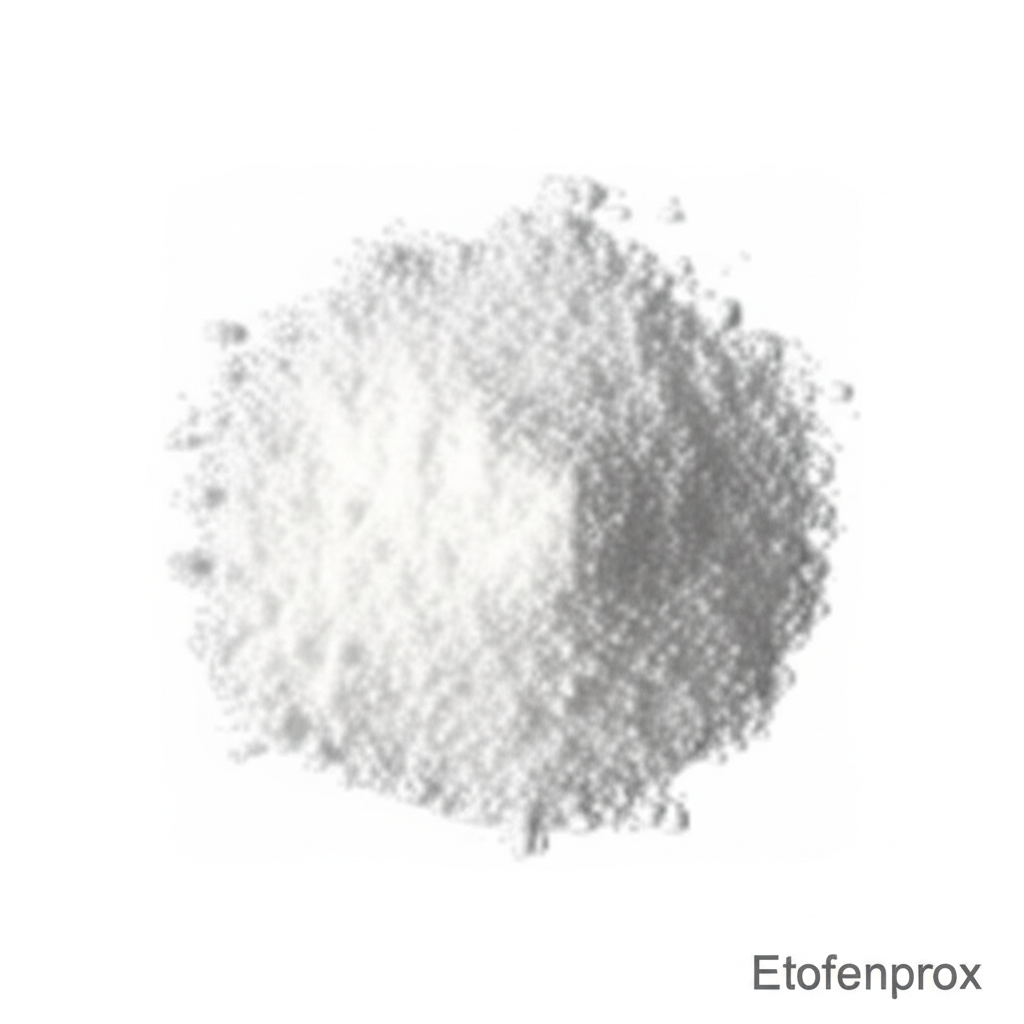Etofenprox: A Versatile Insecticide for Agriculture, Public Health, and Pet Care
Discover the power of Etofenprox, your solution for effective pest management across diverse applications.
Get a Quote & SampleProduct Core Value

Etofenprox
Etofenprox is a potent insecticide distinguished by its low toxicity to mammals, including humans, while maintaining high efficacy against a wide array of insect pests. Its unique chemical structure allows for rapid action and extended residual control, making it a preferred choice for various applications.
- Explore the benefits of etofenprox insecticide uses in agriculture for enhanced crop protection and yield.
- Understand the advantages of etofenprox low toxicity insecticide for safer application environments.
- Learn how etofenprox for flea and tick control offers reliable protection for pets.
- Discover the efficacy of etofenprox residual activity for pests, ensuring long-lasting defense.
Product Advantages
Broad Spectrum Efficacy
Etofenprox provides effective control against a wide range of insect pests, contributing to successful etofenprox pest control for agriculture.
Enhanced Safety Profile
With its low mammalian toxicity, etofenprox low toxicity insecticide ensures safer handling and application compared to many traditional pesticides.
Long-Lasting Protection
The extended residual activity of etofenprox provides durable protection against pests, reducing the need for frequent reapplication.
Key Applications
Agricultural Pest Control
Etofenprox is extensively used in agriculture to manage a variety of crop pests, supporting the efficacy of etofenprox pest control for agriculture.
Public Health Mosquito Control
Crucial for disease vector control, etofenprox for mosquito control helps protect communities from insect-borne illnesses.
Veterinary & Pet Care
Its effectiveness against ectoparasites makes etofenprox for flea and tick control a valuable tool in animal health and pet protection.
Integrated Pest Management
The non-systemic nature of etofenprox insecticide benefits aligns with IPM strategies, minimizing environmental impact.
